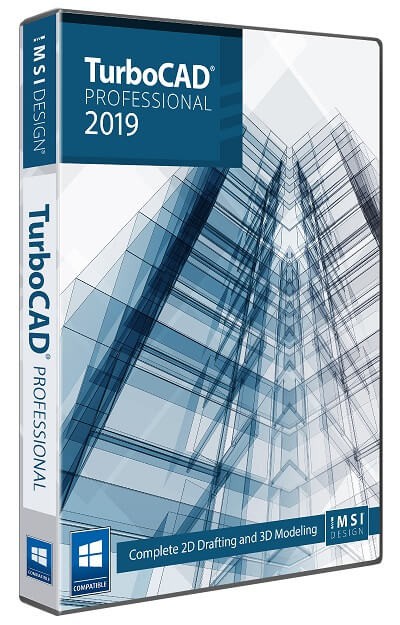

The new version combines aspects of the design center with the insert dialogue box. To access an older version of a command in the newest software, add – before it. Once the user browses to the correct location and clicks the icon to load the blocks, they can drag and drop them from the design center dialogue box into the current drawing.


dwg is a drawing file, that means that users can browse for a previous drawing (or a block that had been saved as a drawing, perhaps in a block library folder), and then insert it as a block. It also has a browse button that allows users to choose a.
DESIGN CENTER COMMAND ON A MAC FOR AUTOCAD 2015 UPDATE
To understand the value of the update to the block workflow in 2020, it is helpful to review the pre-existing ways to work with blocks. While AutoCAD 2019 created an extra drawing file you had to juggle (and likely erase in the end) as a stepping stone to get the desired version of the drawing, AutoCAD 2020 cuts out this extra drawing in favor of this more streamlined workflow. The checkmark dismisses the editing state in order to return to business as usual. The COMPAREIMPORT command (or button ) will bring selected, unique objects from the comparison drawing into the current drawing. Arrow buttons automate the process of looking through the changes one by one. The program enters an editing state, encouraging the user to accept or reject changes seen in the comparison drawing. AutoCAD 2020 embeds the differences directly into the current drawing with the same color-coded revision clouds, while displaying a handy DWG Compare Toolbar: The new, easier to follow workflow available in AutoCAD 2020 has the user open one of the two drawings, run the compare tool, and point to the comparison drawing.

In AutoCAD 2020, the COMPAREEXPORT command exports a similar “snapshot” drawing, replicating the 2019 method. Users would inspect the differences, make desired changes, and typically, save the third drawing over one of the original files. Then it made a third drawing with the color-coded revision clouds around the differences. In 2019, the compare tool forced users to browse to the two versions of the drawings. For instance, if two people at the office opened a version of a drawing, saved local copies, and made changes, this tool could create color-coded revision clouds encircling the differences to help users see who had drafted what since the drawing contents diverged. The Compare Tool was introduced in 2019 in order to see the differences between two drawings. The previously existing subcommands are still available. Quick Measure is now the default measure tool, which can be accessed with the MEAsure command. This tool tracks distances along line segments, distances between parallel lines, and angles (showing the customary symbol for right angles). When this tool is active, the program finds measurements close to the crosshairs and automatically displays them. A faster version of this tool is now available, called “Quick Measure.” Historically, the user chooses the measurement option they want, selects the relevant objects (or snaps to points) in the drawing, and notes the measurement. Quick Measurement Toolįor years, the Measure dropdown in the Utilities panel has been a handy way to find distances, angles, diameters, and areas. Below is an insider’s look at what is in store for us in AutoCAD 2020. Some of these features are entirely new, while others build on existing tools. Each new version of AutoCAD comes with upgrades.


 0 kommentar(er)
0 kommentar(er)
